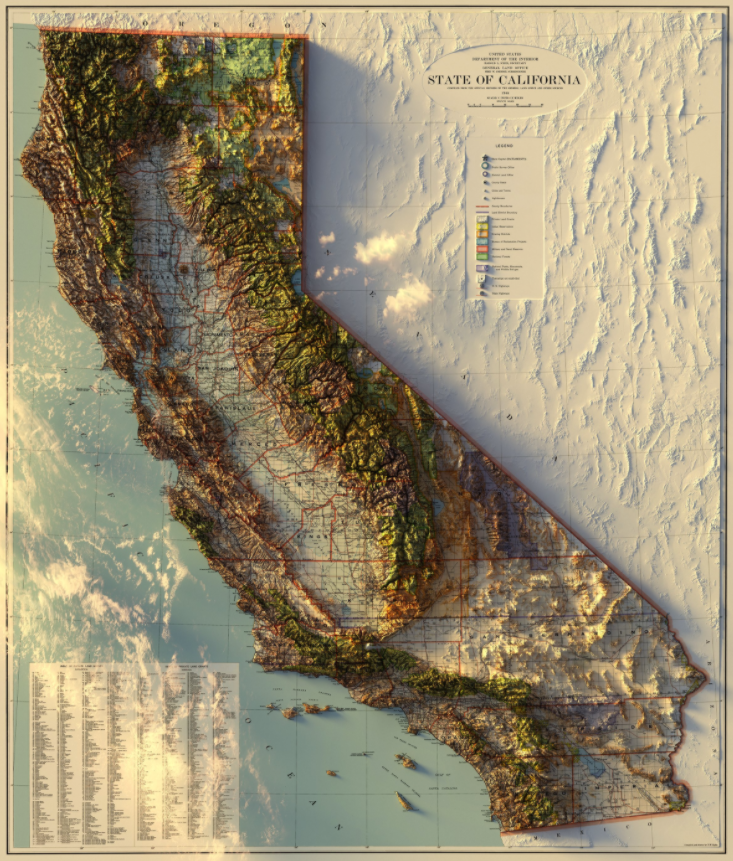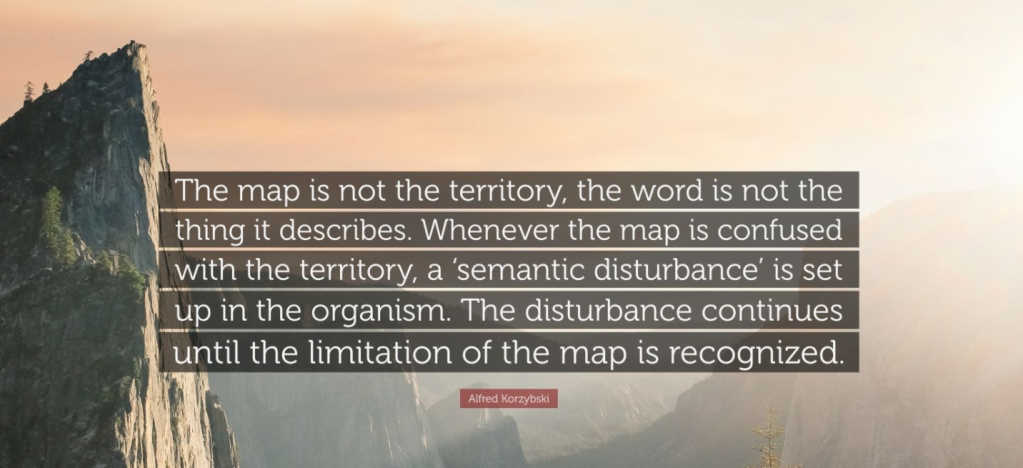I’m currently working my way through a book by Angel Millar, which is prompting a lot of side quests and research.
Today’s side quest deals with maps people make to help them make sense of mysteries, and what I’m learning they mean for personal learning, growth, and esoterica.
Maps
The ten sefirot and Kabbalah more broadly often come up in discussions about different schools of estoerics. This post isn’t about the sefirot directly, but I want to use them as an example to get at what I’m really thinking about: maps.
In the world of the esoteric and spiritual, little is physical and concrete. Concepts are hard to communicate properly, and so humans create maps. We have abstract ideas like wisdom and mercy in mind, but we need a way of making those more concrete. And so people manage that by creating a map and relating abstract ideas to something tangible (like a tree). We then relate ideas to one another to show their inter-relationship.

Entire books are devoted to explaining this one picture in all of its different meanings. For our purposes though, this is a map that relates a lot of very nuanced spiritual information, but it also hides a lot, that to understand might require a person a lifetime of study.
Different Maps of the Same Territory
There are many such maps! The Angel Millar book I’m reading is practically going through a listing of different schools of thought and traditions in its first section. Whether it is systems of numerology, tarot, alchemy, Masonic symbolism, or ancient Greek thought – the ways of comparing numbers, symbols, and substances (earth, water, iron, bronze, etc) to spiritual concepts is just unending.


And reading about all of these things, you get the sense that you’re looking at different maps of the same terrain. Each of the different maps reveals different information about what you’re studying but you’re looking at the same place in either case.
Mysteries
Try as you might to stare at these maps and study them, a map is not the territory. It bears some useful resemblances to the territory, but they are not the same thing. The difference between the two things is the nub of the mystery. It does not matter how much extra information you pile on to your map, or how detailed your exposition gets, you are not going to capture the territory in an exposition.

You can make the topological map make the peaks look even taller, to try to impress upon travelers just how steep that peak is, but seeing a picture and being there just aren’t the same thing. Studying the map is a useful thing to do, but if you really want to know, you have to go there.
Knowing the Territory
Knowing the territory will require doing our own work. After a fair number of blog posts, I feel that this is one of the running themes of this entire site, whether it’s in the context of meditating on blue lodge symbolism, talking with our friends, or working to improve yourself as an adult.
So it increasingly seems we need to abandon any notion that just around the corner is going to be the right map. The map that makes the terrain perfectly clear and safe. That map isn’t coming.

This excerpt from the Masonic Legacy Society seems to capture it for me. The nature of the mystery is, that at some level you must accept not knowing and embrace the mystery. You can know more, but to do that, you have to stop staring at the map and get out there and experience the territory, in whichever way you can find to do so.
References
- The Three Stages of Initiatic Spirituality: Craftsman, Warrior, Magician by Angel Millar
- “The Document” by the Masonic Legacy Society
- The Map/Territory Relation

>That map isn’t coming.
The EA TB is a pretty good map, derived from the Mithraic ladder with the addition of a Mayan device and clarifcation that the dominant star is not our Sun. (The Mithraic ladder also appears in some versions of the 18th degree and the 30th)
Unfortunately, with the loss of practical kabbalists, the technique of Rising on the Planes (ascending the ladder) is now largely unknown in Masonry, thus the EA TB is a matter for speculation rather than practice.
LikeLiked by 1 person